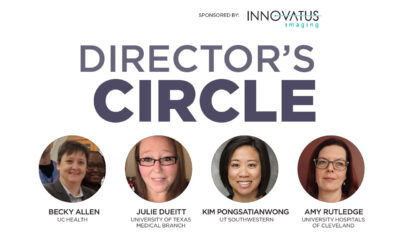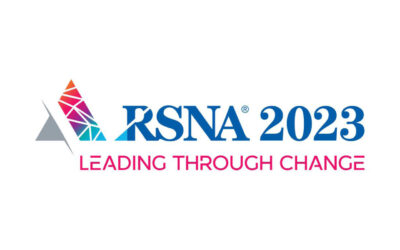
By Janel Byrne
 My role at my current organization is two-fold. I’m responsible for envisioning and implementing the enterprise’s leadership development strategy and I am the direct leader of a team. I’ve been thinking a lot about how I “walk the talk” of the leadership behaviors my team and I are rolling out enterprise-wide. A leadership challenge that may sound familiar to you – I have competing priorities with limited resources, especially amidst this ongoing pandemic, and am trying to ensure my team has what they need to thrive, not just survive.
My role at my current organization is two-fold. I’m responsible for envisioning and implementing the enterprise’s leadership development strategy and I am the direct leader of a team. I’ve been thinking a lot about how I “walk the talk” of the leadership behaviors my team and I are rolling out enterprise-wide. A leadership challenge that may sound familiar to you – I have competing priorities with limited resources, especially amidst this ongoing pandemic, and am trying to ensure my team has what they need to thrive, not just survive.
This type of pressure finds me in a constant tension of wanting to move fast to execute and knowing that initiatives, like defining effective leadership competencies and equipping 1,000-plus leaders to “walk the talk” of those competencies, requires significant assessment, collaboration, strategizing, resources, time and so on so they can truly become a part of the organization’s culture.
Also, those I lead are humans first – they need their oxygen masks on before they can contribute effectively to the organization. And, in acknowledging that, I have to own that I also need to put my oxygen mask on to be an effective leader. So, what does that look like? As we make our way in 2021, I’ve been reflecting on the power of “pause.”
“I have to solve this problem right now!” is an easy trap for leaders to fall into. This statement automatically implies that this problem can be solved and that you, the leader, has to solve it now. Time and again, when I have moved quickly to an answer, especially on my own without tapping into the expertise of my team, I have spent a lot of brain power on a short-sighted fix to a situation versus a long-term, sustainable solution. Often, I have missed uncovering the actual problem (i.e., taking more time to ask questions to discover the root cause of the situation versus coming with solutions that only address the symptoms). The result of this approach leaves with me ineffective, non-sustainable solutions for the organization and mentally exhausted without my oxygen mask on.
Recognizing this, when I feel the pressure to have a solution now, instead of reacting, I prioritize the time to pause, put my oxygen mask on and ask myself some of the following questions:
- What do I understand about this situation?
- What don’t I understand and need to be curious about (i.e., do I even know what the true problem is that we are trying to solve)?
- Is this a true priority to investigate further amidst my team’s priorities and available resources?
- If it is, what is the real timetable for determining a solution and what’s the “why” for that timetable?
- Who may have more subject matter expertise, let alone passion for this situation/realm to thought partner with?
- Can I appropriately empower this person/group to own figuring out the solution given their expertise, skill set/strengths, work they find meaningful, expectations of their role, etc.
- What additional space do I need to give myself to think through this one?
I’m adding more questions as I play with pausing this year. Qualitatively, I have experienced an increase in my own brain power as multiple situations presented as “emergencies” for me to figure out are actually what I call, “cultural urgencies” – non-life or death situations that are rooted in internal politics that don’t require an immediate response and use of limited resources. Rather, they require thoughtful processing to determine how they do or do not contribute to sustaining strategies.
The pause is not easy – it takes a lot of time to unwind behavior you are used to, and I’m naturally wired to problem solve. That said, I put my oxygen mask on by physically taking three to five breaths to calm my immediate need to respond – and the racing thoughts in my head – so I can get myself to a grounded state where I can start thinking through the aforementioned questions. I’ve also asked my team to hold me accountable to pausing – and they continue to do so.
Sometimes the best answer is no answer at all – it’s prioritizing the space to think through the process to get you and your team to sustainable, instead of reactive, contributions to your organization.
Janel Byrne, MSW, SHRM-CP, is an organizational effectiveness manager at Children’s Hospital Los Angeles.








